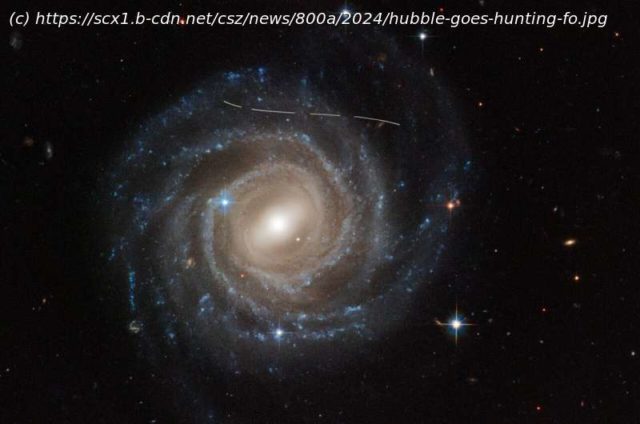Like boulders, rocks, and pebbles scattered across a landscape, asteroids come in a wide range of sizes. Cataloging asteroids in space is tricky because they are faint and they don’t stop to be photographed as they zip along their orbits around the sun.
Like boulders, rocks, and pebbles scattered across a landscape, asteroids come in a wide range of sizes. Cataloging asteroids in space is tricky because they are faint and they don’t stop to be photographed as they zip along their orbits around the sun.
Astronomers recently used a trove of archived images taken by NASA’s Hubble Space Telescope to visually snag a largely unseen population of smaller asteroids in their tracks. The treasure hunt required perusing 37,000 Hubble images spanning 19 years. The payoff was finding 1,701 asteroid trails, with 1,031 of the asteroids previously uncatalogued. About 400 of these uncatalogued asteroids are below 1 kilometer in size.
Volunteers from around the world, known as «citizen scientists,» contributed to the identification of this asteroid bounty. Professional scientists combined the volunteers’ efforts with a machine-learning algorithm to identify the asteroids. It represents a new approach to finding asteroids in astronomical archives spanning decades, which may be effectively applied to other datasets, say the researchers.
«We are getting deeper into seeing the smaller population of main belt asteroids. We were surprised to see such a large number of candidate objects,» said lead author Pablo García Martín of the Autonomous University of Madrid, Spain. «There was some hint that this population exists, but now we are confirming it with a random asteroid population sample obtained using the whole Hubble archive.






